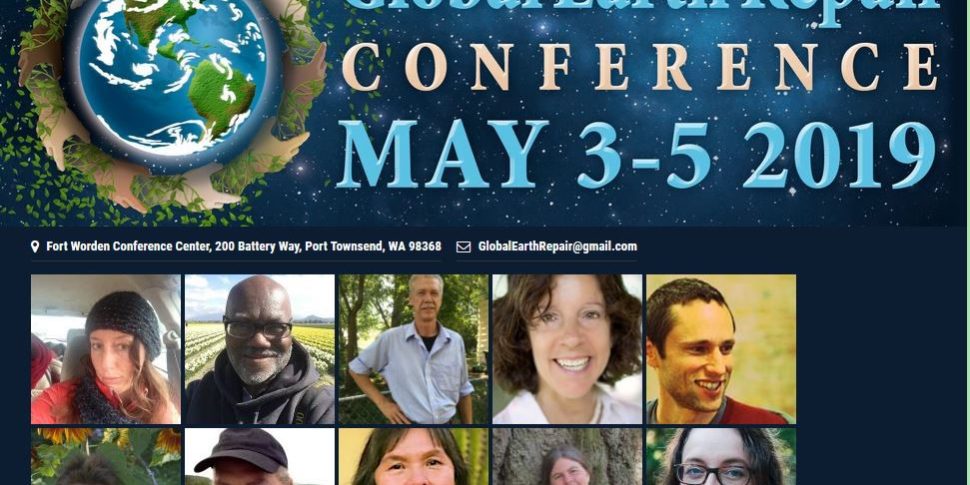Here is Local 20/20’s latest Resilience Review column in the Port Townsend Leader by Michael Pilarski.
On May 3-5, 2019, the Global Earth Repair Conference will bring the world together in Port Townsend. Six hundred people engaged in ecosystem restoration at local, regional, national and international levels in many parts of the world will meet at Fort Worden. Through keynotes, workshop, roundtables, panels, and planning sessions, the conference will address the technical and social aspects of planetary regeneration. We will hear from indigenous voices and honor people who have devoted their lives to Earth repair.
East Jefferson County residents who attend will leave the proceedings equipped to apply what they learn locally. As there will be a strong track on agricultural practice using regenerative carbon, farmers are encouraged to attend.
What can Jefferson County and its citizens do to sequester their fair share of carbon and contribute to local earth repair? The global goal can only be reached by millions of communities doing earth repair locally. And local earth repair can only be accomplished by involving many local people. If every person’s share of carbon sequestration was 600 pounds, what could each person do to sequester carbon? There are many ways. It could be as simple as composting your yard waste or burying it in the back yard to make a hugelkultur biomass garden. It can be by making your soil even richer in organic matter. Volunteer to plant trees with the Northwest Watershed Institute. And of course, you can also help by reducing your ecological footprint.
Jefferson County farmland is already fairly rich in organic matter, but it could probably be doubled. This would soak up a lot of carbon and improve the local supply and nutrient density of local food. Food self–reliance reduces the carbon footprint of shipping food long distances.
Biochar is a form of charcoal made from biomass and used as a soil amendment. It is one of the best ways to sequester carbon for the long term, that is, thousands of years. With the Port Townsend paper mill producing ample quantities of biochar each year, Jefferson County has an opportunity to be a national leader in carbon sequestration.
Similarly, Jefferson County can excel in carbon capture in forestry. Methods include extending the time between harvests, reducing clearcutting and not burning slash. This allows the average weight of our forests to increase.
The public is invited to attend various shoulder events. There are field trips on Thursday May 2 to the Northwest Watershed Institute’s Dabob watershed restoration project and to restorative planting project along the Elwha River. A special showing of the new film Dammed To Extinction will be introduced by film director Stephen Hawley on Saturday, May 4 from 3:45 – 5:15 at the Wheeler Theatre. On Monday May 6 there are intensive workshops on large-scale ecosystem restoration, on grazing management, and on native seed collection. The conference finale on Monday Evening features a special earth repair lecture by Charles Eisenstein.
For further information on these shoulder events and on the conference visit www.earthrepair.friendsofthetrees.net.
Bio: Michael Pilarski has taught permaculture design courses for over 30 years in the US and abroad, and is the lead organizer of the Global Earth Repair Conference.








